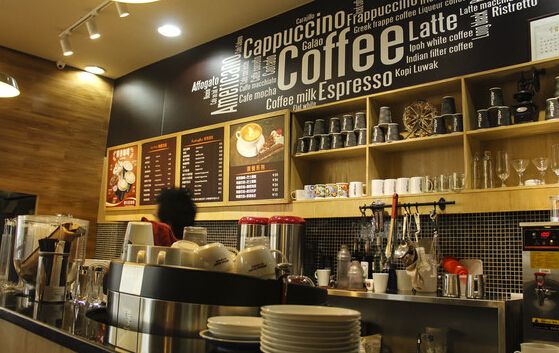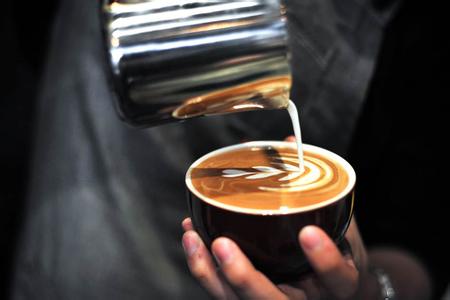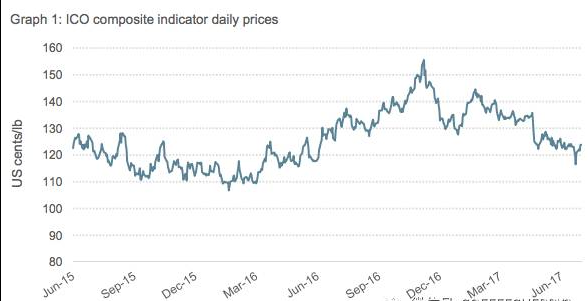Caramel reaction (Caramelization) in coffee roasting
Follow the caf é (Wechat official account vdailycom) and found that Beautiful Cafe opened a small shop of its own.
I have told you that the three most important chemical reactions when roasting coffee beans are:
Maillard Reaction
Strecker Degration
Caramelization
With regard to Maillard Reaction, I have written related articles about its reaction principle and its flavor. About Maillard reaction, you can read my article 🔗 academic sharing: Yunnan coffee cooked bean main components analysis article related to the theory of Maillard reaction.

The above three reactions belong to non-enzymatic reaction in the process of roasting raw coffee beans. It's a completely different reaction than when you take a bite of the apple and turn brown.
Stryker degradation reaction is one of the three major chemical reactions in coffee roasting. It occurs between Maillard reaction and caramelization reaction. Only when raw coffee beans undergo Maillard reaction will Starlek degradation begin. The reaction includes amino acids, but unlike Maillard's reaction, which is a chemical reaction between molecules with two carbonyl groups and sugars in coffee beans, the chemical equation is as follows:
Strecker Degration refers to the interaction of carbonyl compounds of amino acids (proteins) in the water environment to produce aldehydes or ketones, as well as carbon dioxide. This reaction, also known as browning reaction, is the residue of Maillard reaction to react again.
These compounds begin to exchange their own parts, and a carbonyl terminates on the amino acid (the acid of the carbon lost from the chain) to aldehydes and aminoketones. This is an intermediate stage, and the reaction continues to create many different volatiles.
Today, Huaxia focuses on caramelization. When it comes to caramel, people subconsciously think that caramel is sweet. In fact, the caramelization reaction refers to the burning of reducing sugar in raw coffee beans. Caramel is not sweet, it is bitter.
As we all know, the raw beans begin to dehydrate after entering the pot, the yellowing period begins Maillard reaction, and the caramelization reaction begins after Maillard reaction. He needs a higher temperature than Maillard's reaction, about 150 to 180 degrees Celsius. The only raw material for caramelization is sugar. In the state of high temperature, the sugar is converted into furfuryl alcohol, which produces the scorched smell of sugar and the smell of meat to people's taste. The route of caramel reaction is different from Maillard reaction, but more volatile directional compounds are produced during caramel reaction than Maillard reaction due to the increase of temperature.
After a long period of high temperature, the caramelization reaction produces more aroma and is easier to identify artificially in the baking process. However, due to the lack of sulfur and nitrogen ions in the amino acid during the caramelization reaction, compared with Maillard reaction, the flavor of Kang Shifu braised beef can not be produced.
The caramelization reaction usually occurs when the coffee bean is about to end the Maillard reaction and is close to the second explosion. If you really want to know more about the properties of caramelization, you can prepare a pot of sugar water and cook it on a gas stove, which is initially only sweet and has no other directional substances. As the temperature increases, the caramelization reaction begins, and the sugar water becomes more sour, but more aroma is developed. This is the principle of the caramelization reaction. The stronger the caramel reaction, the less sweetness in the coffee. Therefore, some pretending to force criminals to drink deep-baked Espresso can drink sweet, pure self-deception.
Important Notice :
前街咖啡 FrontStreet Coffee has moved to new addredd:
FrontStreet Coffee Address: 315,Donghua East Road,GuangZhou
Tel:020 38364473
- Prev

Do you understand the "drugs" in coffee?
Following caf é (Wechat official account vdailycom) found that Beautiful Cafe opened a small shop of its own. Nowadays, coffee plays an important role in our lives, but you may not know much about this little cup of coffee. For example, you may not know that sometimes coffee is good medicine, but sometimes it can become a drug? Don't drink coffee as a regular drink. Oh, it can.
- Next

ICO 2017.6 Market report "Arabica prices are temporarily under pressure, Robusta benefits"
As the price of Arabica is as unstable as a somersault, the transaction price of Robustad rises. Total world coffee exports remained strong in June, with a total of 10.9 million bags, an increase of 8.8 percent over the same period last year and the highest stock reserves among all importing countries. So although there is a worrying possibility of a frost in Brazil in July,
Related
- Brazilian coffee yellow bourbon brewed flavor characteristics and origin share! What grade is red bourbon coffee?
- How to judge the roasting degree/concentration/filtration method of coffee beans from the color of coffee soup? What is the difference between dark and light roast coffee?
- Why are the coffee in some coffee shops not enough after being frozen? What should I make up for my American latte cappuccino coffee after being frozen?
- How much water does it take to steam coffee by hand? Why is the coffee brewing and steaming time 30 seconds? What is the purpose of steaming coffee?
- The suspected drink contains too much caffeine! Overlord Tea Lady responds urgently!
- Starbucks rejects antique paper coupons?! Netizen: Missed marketing opportunities!
- What ratio of water temperature and ground does the smart cup method use to press coffee? The difference between brewed coffee and filtered coffee?
- What is the standard process for the purpose of coffee cup testing? What is the difference between hand-brewed coffee and cup testing?
- How to use hand-brewed coffee paragon small golden balls? How does cold coffee lock in the aroma of coffee?
- Is American coffee black? What is the difference between American coffee and drip coffee?

